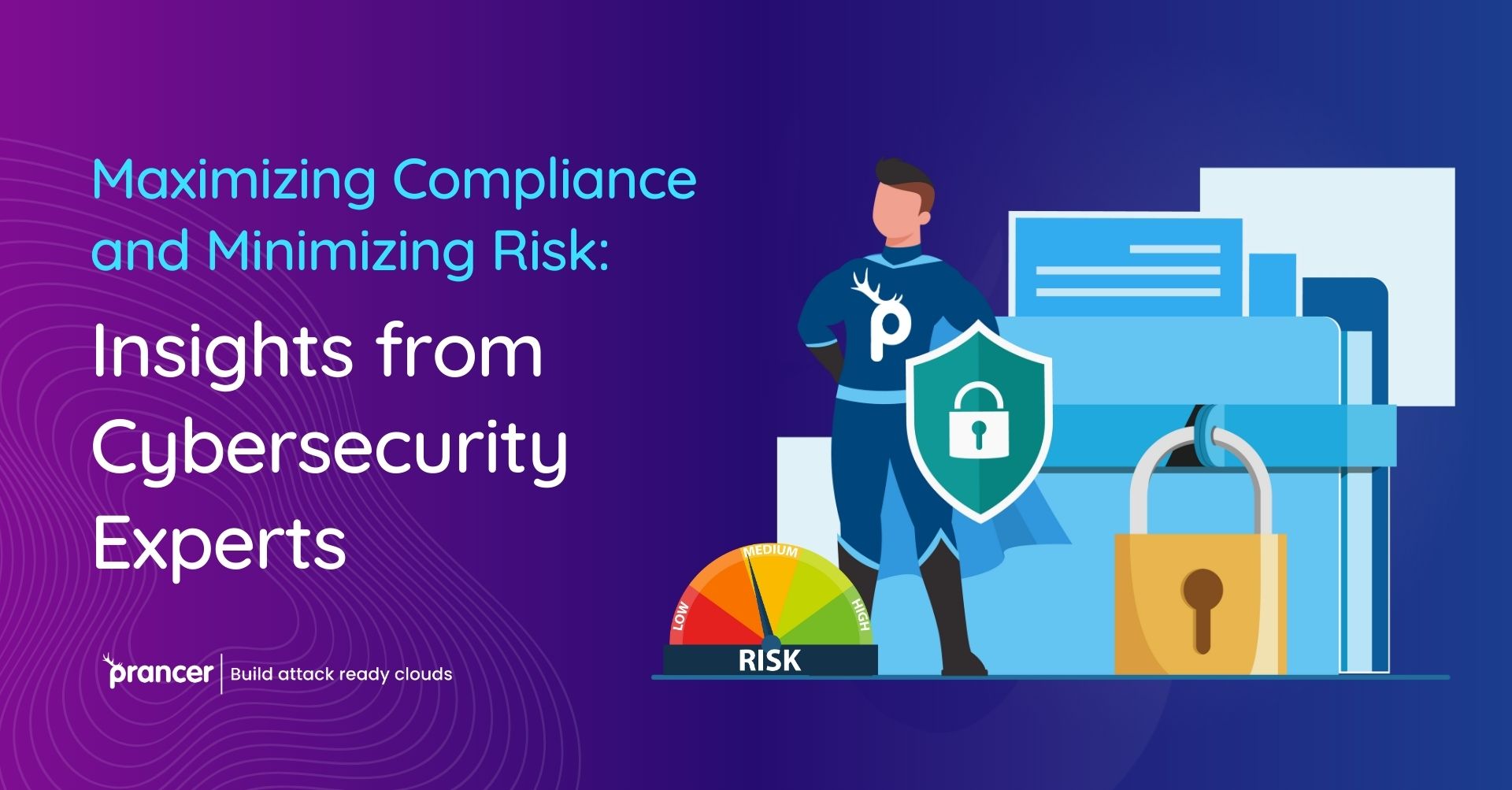

In today’s rapidly evolving digital landscape, ensuring cybersecurity has become a critical concern for businesses of all sizes. To shed light on this topic, a recent conversation between industry experts Paul and Tom provided valuable insights into maximizing compliance and minimizing risk through innovative cybersecurity testing strategies. In this blog post, we will delve into some of the key takeaways from their discussion and explore the future of cybersecurity testing.
One of the main challenges discussed in the conversation was striking a balance between compliance with regulatory requirements and effective risk management. Paul emphasized the importance of having a robust cybersecurity program in place, including regular penetration testing. However, he also acknowledged that compliance strategies must be tailored to meet regulatory requirements without compromising the organization’s ability to respond to evolving threats. Exploring the strategies employed by Paul’s clients in this regard would provide valuable insights for businesses seeking to navigate this delicate balance.
Tom highlighted the significance of documentation and the ability to demonstrate cybersecurity measures to varied audiences. He stressed the need for both executive-level reports, providing a concise overview of risks and vulnerabilities, as well as more detailed technical reports for IT and security teams. Understanding the key components of a comprehensive cybersecurity testing program, including internal and external testing methodologies, would enable businesses to assess their own strategies and identify potential areas for improvement.
Both experts mentioned the potential benefits of integrating AI and ML into cybersecurity testing processes. They highlighted the ability of these technologies to identify vulnerabilities, streamline testing procedures, and efficiently assess risks. Exploring specific examples of AI and ML applications in cybersecurity testing, as well as their potential limitations and challenges, would provide readers with a deeper understanding of how these technologies can enhance their own cybersecurity efforts.
Paul emphasized that cybersecurity testing is not just a compliance requirement but also a business necessity. By proactively identifying and addressing vulnerabilities, organizations can avoid costly breaches, reputation damage, and legal implications. This raises the question of how businesses can leverage cybersecurity testing to enhance productivity and operational efficiency. Exploring real-world case studies and success stories of organizations that have implemented effective cybersecurity testing programs would inspire readers to prioritize cybersecurity as a strategic business initiative.
Tom emphasized the importance of continuous monitoring and upgrading of risk management strategies. He highlighted the need for organizations to pivot, respond, and conduct business as usual in the face of evolving threats. Understanding the concept of risk contextualization and exploring innovative risk management strategies that align with cybersecurity expert testing would empower businesses to proactively manage risks and stay ahead of potential threats.
Compliance audits play a crucial role in assessing an organization’s adherence to regulatory standards and identifying areas for improvement. By leveraging the findings of compliance audits, businesses can enhance their cybersecurity expert resilience and develop robust remediation plans. Exploring the best practices for utilizing compliance audits as a tool for cybersecurity improvement, as well as the role of board-level expertise in managing cyber risks, would provide readers with actionable insights.
In a rapidly evolving digital landscape, maximizing compliance and minimizing risk through innovative cybersecurity testing is vital for businesses seeking to protect their assets and ensure operational continuity. The insights shared by cybersecurity experts Paul and Tom shed light on the challenges faced by organizations and provide valuable guidance for developing effective cybersecurity testing strategies. By leveraging emerging technologies, prioritizing risk management, and leveraging compliance audits, businesses can strengthen their cybersecurity posture and navigate the complex cybersecurity landscape with confidence.
